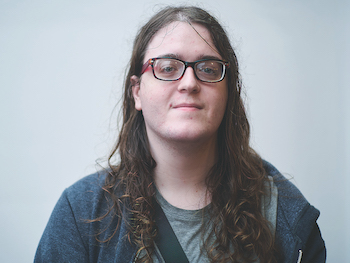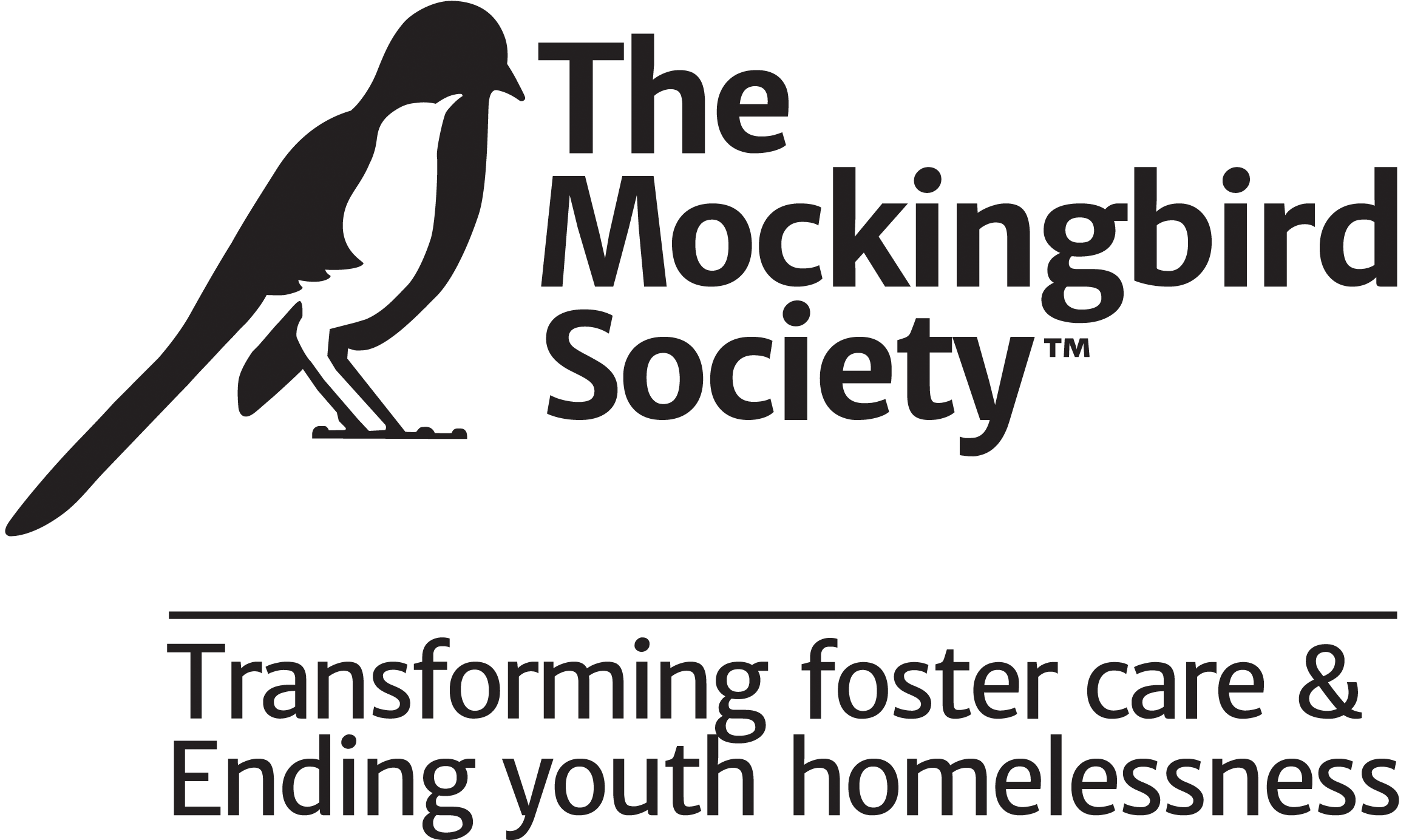Home? What Home?
![]() System Reform
System Reform
Alyssa Downing
 At the time of writing, the United States is in the middle of a global pandemic, and Washington state was ground zero. The first confirmed case in the U.S. was a 35 year-old man from Snohomish County in January. In only a few months after that first case, the U.S. has had over 1.3M confirmed cases, and over 80,000 deaths.
At the time of writing, the United States is in the middle of a global pandemic, and Washington state was ground zero. The first confirmed case in the U.S. was a 35 year-old man from Snohomish County in January. In only a few months after that first case, the U.S. has had over 1.3M confirmed cases, and over 80,000 deaths.
This isn’t the only
challenge for people
experiencing homelessness
everywhere; lack of
shelter also makes it
extremely difficult to
maintain social distancing.
The CDC advises everyone to stay at home and only leave if absolutely necessary. But what if you don’t have a home to stay in? Most shelters are only open overnight, and send their residents out into the city in the morning. Now, with libraries, parks, and coffee shops closing down, homeless residents are running out of places where they can simply exist during the day.
This isn’t the only challenge for people experiencing homelessness everywhere: lack of shelter also makes it extremely difficult to maintain social distancing. After coming into contact with all kinds of people as a result of roaming around looking for somewhere to be during the day, folks who are homeless are then put into the tight quarters of a homeless shelter. One which is likely understaffed and overpopulated. It’s the antithesis of a quarantine environment.
So, what’s being done? Social distancing is being put in place for a majority of shelters around the country, but this comes with its own set of problems. Giving six feet of space between every bed reduces capacity, which still leaves many people needing somewhere to go. This isn’t the only challenge for people experiencing homelessness everywhere; looking at a worst-case scenario, people experiencing homelessness in Las Vegas are being shipped out to parking lots and told to sleep on bare asphalt. In a better case, Los Angeles is using foreclosed homes to shelter the extra people. Here in Washington, the state has given each county funds for extra shelter space, allowing the counties to decide what measures are necessary.
But these are all fairly recent solutions for a problem that started back in January. Why did we not have a plan in place for something like this? Especially when an epidemic like this, although perhaps not on the same scale, makes the rounds every once in awhile. Remember Swine Flu in 2009? Did you know there was a similar swine flu outbreak in 1977? We should have been prepared for a pandemic virus just like we prepare for earthquakes, wildfires, or Mount Rainier erupting.
Don’t get me wrong, Washington state is not the worst off when it comes to the COVID-19 death toll, but we could have saved even more lives if we’d had a plan in place before it happened. As we’ve seen in places like New York, even a week’s delay can be devastating.
So, when this is all over, if you work for a homeless service provider, get together with your team and plan. Plan for every worstcase scenario: pandemics, floods, fires, freak hurricanes, and even zombie apocalypses. Because being prepared means saving lives, and ultimately, that’s what we’re here to do.
